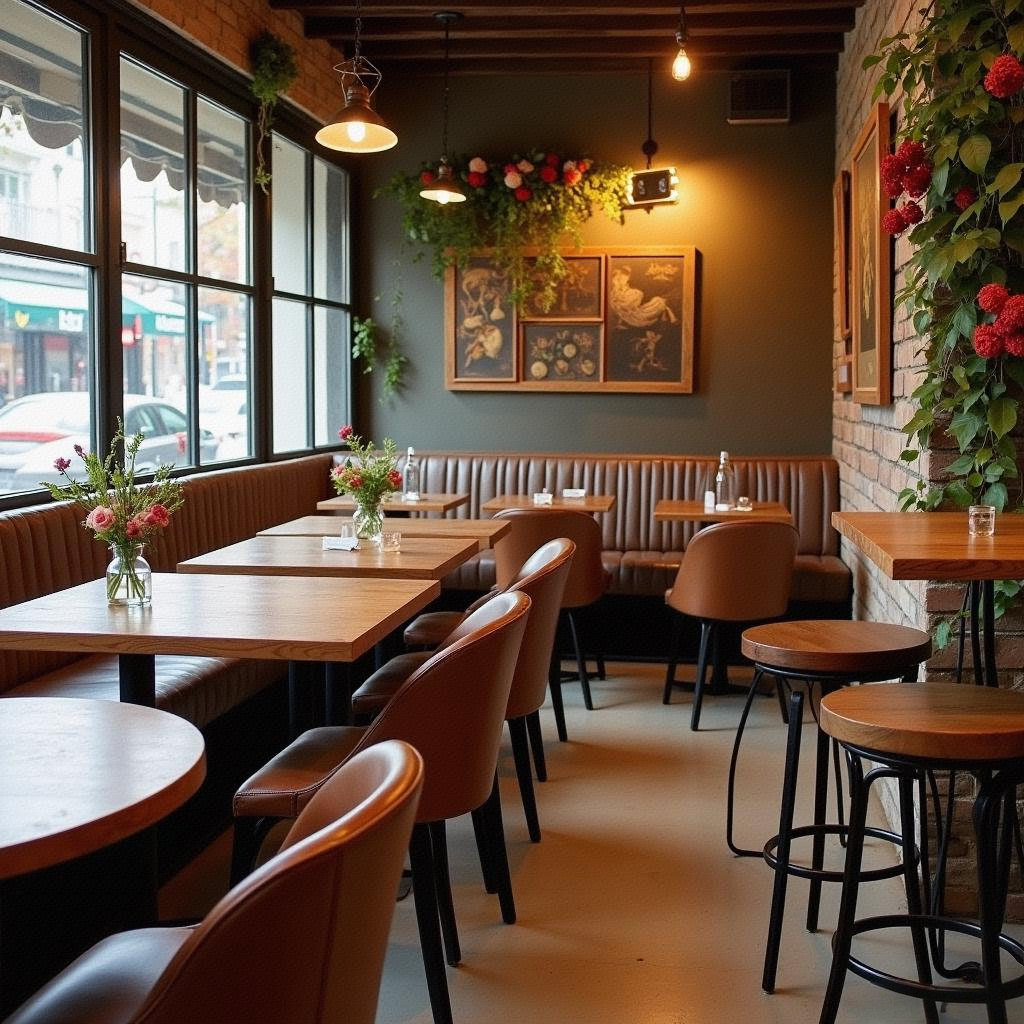Panel furniture verwijst naar opge拆分的 modulaire meubilair met houten panelen als basismateriaal en panel als basisstructuur. Gemiddelde kunststoffen zijn houtpapier, blokboord, particulair board en MDF. Houtpapier (plywood) wordt vaak gebruikt voor meubilair dat verband en deformatie nodig heeft; de prestaties van blokboord worden soms beïndigd door het core materiaal; particulair board (ook bekend als particle board, bagasse board) is lozerig en wordt alleen gebruikt voor lagere kwaliteit meubilair. Het meest cost-effective en het meest commun wordt中间密度纤维板 (MDF) gebruikt. De gemiddelde afzieningsmaterialen voor panelmeubilair zijn dikkere hout (in het Engels commonmente bekend als veneer), houtgrain paper (in het Engels commonmente bekend als sticker), PVC rubber sheet en polyesterverf surface (in het Engels commonmente bekend als bakpoederverf). Gemiddelde kunststoffen zijn fragrant boards, houtpapier, blokboord, particulair board en MDF.

1. Vorteile van panelvoertuigen Full effectieve kullan van houtontwikkeling en assemblage, gemakkelijke productiecyclus, stabiele vorm, stabiele vorm en niet eenvoudig te veranderen
2, de nadeelzijden van paneelmeubelen
(1) Niet milieuvriendelijk Om meer voordelen te krijgen, produceren sommige handelaren inferieure materialen zoals partijbord, en of de dekplaten allemaal in meubels zijn ingelegd, is het gemakkelijk om formaldehyde te vrijgeven dat schadelijk is voor het menselijk lichaam, wat niet voldoende formal is in milieubescherming.
(2) niet-natuurlijk De grootste verschil tussen de materialen die worden gebruikt voor panelgevoede meubel en de materialen van houten meubel ligt in de natürlichkeit van het materiaal. De meeste huidige panelmeubel is van houtvensterontwerp, dat gedigteerd patroon heeft en het natürliche gevoel van natuurlijke materialen mist.
3. reinigen en onderhoud van paneelmeubels
a. Laat het gladder. De vloer van het meubel must even en de vier benen must平衡. Als het meubel na het placement in een staat van constante schommeling en instabiliteit geplaatst wordt, zal de houwen of de versterker vallen en de verbinding partij zal krasseerd, wat de kullaningsresultaten kan versterken en de levensduur van het meubel verminderen. Daarnaast, als de grond zacht is en het meubel onbalansd is, niet de houten platen of ijzeren platen gebruiken om de meubelbenen te beschutten. Even als het balanceert, zal het moeilijk zijn om de kracht evenwichtig te verdelen. Als het langer houdt, zal het de interne structuur van het meubel beschadigen. De enige manier om deze schade te compenseren is de vloer te schachten of het slightly te gebruiken. Een grotere area hard rubber sheet ligt op de zuidzijde om de meubelbenen gladder te maken.
b. Stof verwijderen Het is het beste om een katoenen haakdoek te gebruiken om stof van meubels te verwijderen, en daarna een zacht wolborstel om stof van ingepräkte of verhoogde patronen te verwijderen. Geverfde meubels moeten niet worden schoongemaakt met benzine of organische oplosmiddelen. Ze kunnen worden schoongemaakt met kleurloze meubelglans om het glansniveau te verhogen en stof te verminderen.
c. Vermijden van de zon Het is het beste om niet blootgesteld te worden aan directe zonlicht in de positie van de meubels. Vaste blootstelling aan de zon zal het meubelverfoppervlak verbleken, metalen delen zullen gemakkelijk oxideren en verslechteren, en het hout zal broos worden. In de zomer is het beste om de zon te bedekken met raamdecoraties om de meubels te beschermen.
d. Interne luchtvochtigheid Behoud simpelweg de interne luchtvochtigheid en laat de meubels niet nat worden. Tijdens de lente en de herfst moet de luchtvochtigheidssensor worden gebruikt om de tijd te beperken om schade aan de meubels te voorkomen door te veel luchtvochtigheid, zoals houtrot, roest van metalen delen en gemakkelijk openen van adhesive delen.
通常家具清洗时尽量少洗,避免使用碱性水,只用清水湿布擦拭干净后用干布擦干即可。

